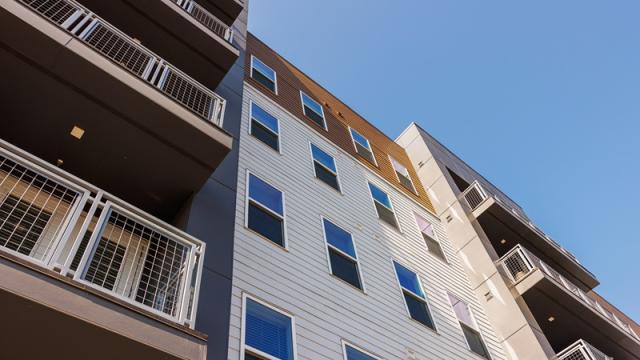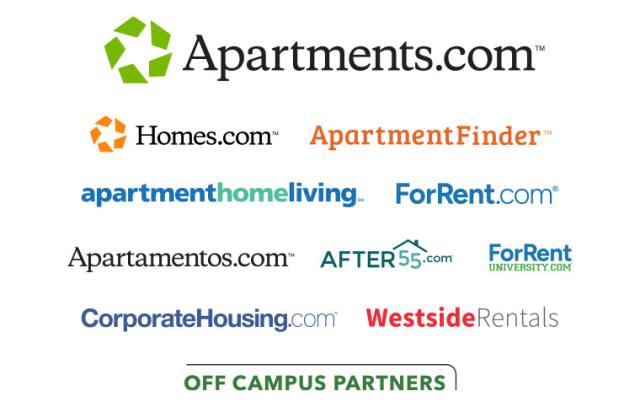
When it comes to rental costs, renters overwhelmingly want to see the all-in price in their online search — that is, the total price including all applicable fees. But the dawn of the all-in price is still on the horizon.
As the multifamily industry moves towards price transparency, what challenges and opportunities do apartment owners and operators face? A panel discussion at this year’s Apartment Innovation and Marketing (AIM) conference in May highlighted the pain points and best practices for delivering more transparent pricing. The conversation was moderated by Engrain’s CEO Brent Steiner and featuring Stuart Richens, Apartments.com vice president of product.
The renter demand is there
Price remains renters’ top consideration when selecting a new place, according to a recent survey from Apartments.com.
Facing the limitations of their budgets, renters want to know exactly how much they’ll pay for a given apartment. Compared to a base fee without fees, renters prefer all-in pricing by a factor of eight to one.
“It makes total sense to give them the all-in price,” said Richens.
Nearly six in 10 renters say they would stop considering a property if unexpected fees increased the price above what was originally advertised, according to the Apartments.com survey.
A lack of price transparency also causes other frustrations. Left to gather this information on their own, renters often turn to leasing teams to manually provide these calculations. This increases the workload of property staff and adds to inefficiencies in the leasing process.
Given their scope, these challenges cannot be resolved at the individual property level.
“The industry needs to come together on this,” said Xiyao Yang, vice president of digital marketing at Bozzuto.
Fee standardization is the key
Despite the clear demand from renters, the industry faces several key obstacles in delivering price transparency.
For example, fees often vary by individual renters’ circumstances, such as move-in date and add-on fees for pets and parking. This requires interactive features to allow renters to customize their total price.
Lack of fee standardization within the industry poses another major obstacle.
Hundreds of fees exist across different properties and listings. These can include everything from pet rent and utilities to early move-out fees. Some fees are charged on a monthly, quarterly or annual basis, while others are one-time expenses. In total, there are about 400 to 500 fees in use across the industry. However, no standard vocabulary currently exists for naming these fees in a consistent way.
Concessions and other discounts pose another hurdle. These affect the all-in price but can be displayed in different ways, such as a one-time deduction from move-in costs or averaging the discount over a 12-month lease.
The transition to a new pricing model
Apartments.com is leading the way towards price transparency. The rental network is launching a new schedule of about 130 standard fees next month, Richens said. This will provide the foundation for all-in pricing to follow, as properties increasingly adopt the new model.
Panel members — who included Yuri Star, CEO of JONAH, and J.B. Leach, Valtech’s director of experience design, as well as Richens, Yang and moderator Steiner— discussed what the transition to price transparency might look like.
The process is likely to happen in three phases:
- Sticker shock and pushback: Although renters overwhelmingly prefer all-in pricing, they may need to adjust to seeing higher totals than the base rents previously listed. This sticker shock may discourage some owners and operators from adopting this approach.
- Market adjustment: As more properties begin advertising all-in prices, renters will adjust their expectations. These properties will hold a competitive advantage over those relying on the old model, further speeding up the transition.
- Market efficiency: Renters and properties will get used to price transparency, allowing for a greater focus on service and value.
The panel anticipates that this shift will pick up speed this year. Property management software is expected to soon adapt to the all-in price model, and renters will likely begin to see this approach to pricing within the next year.
Explore the latest on price transparency
To learn more about why all-in pricing matters, check out these resources:








